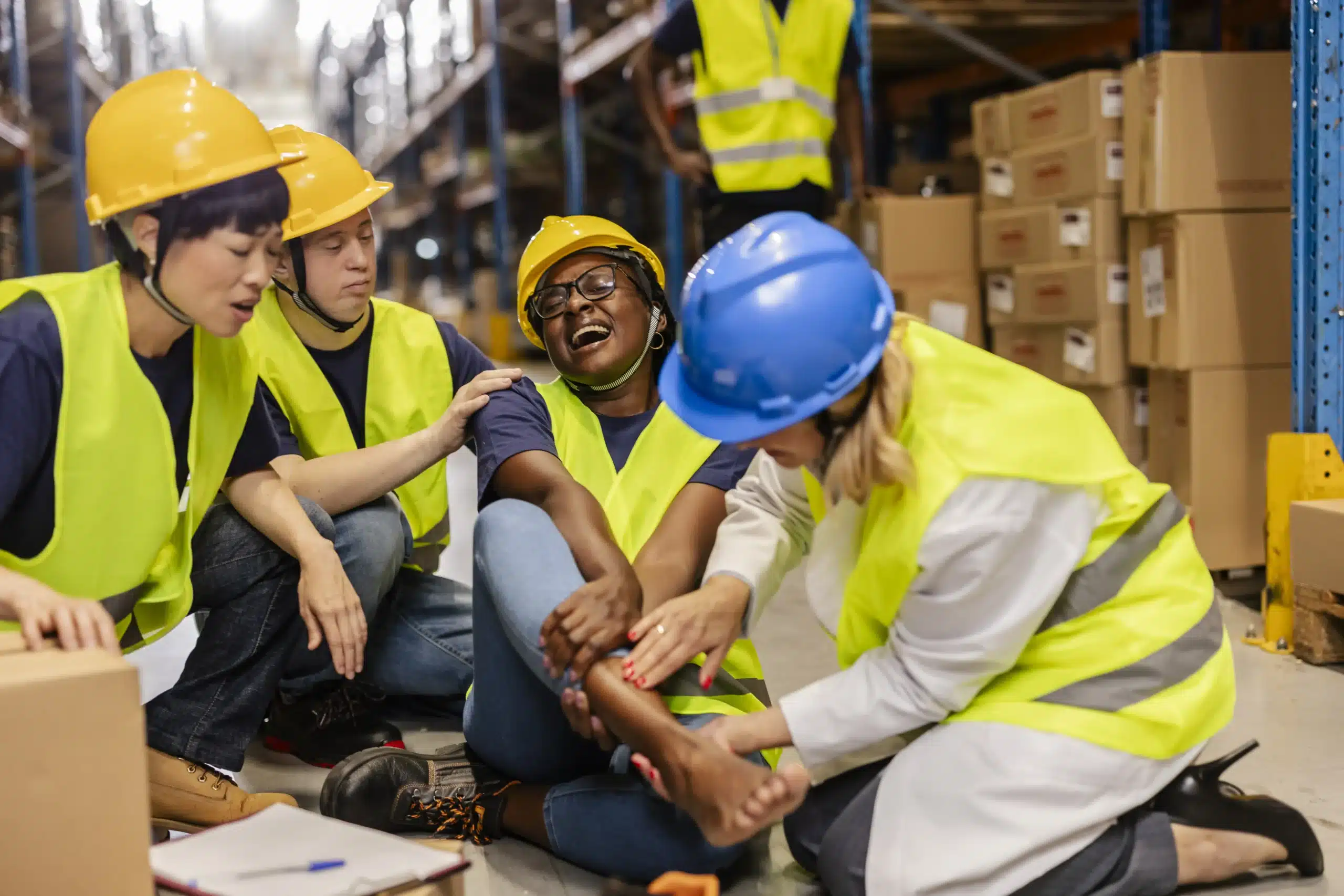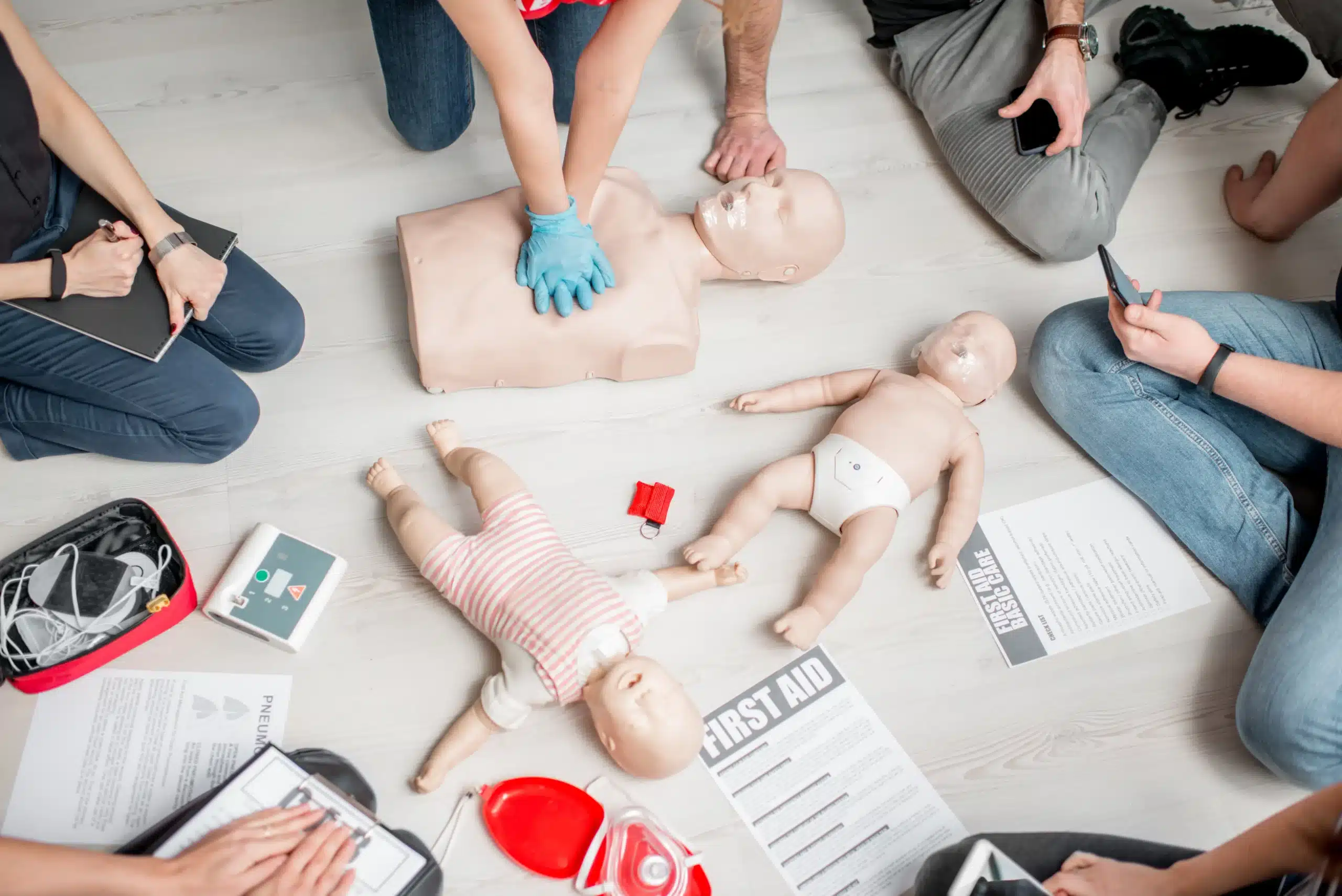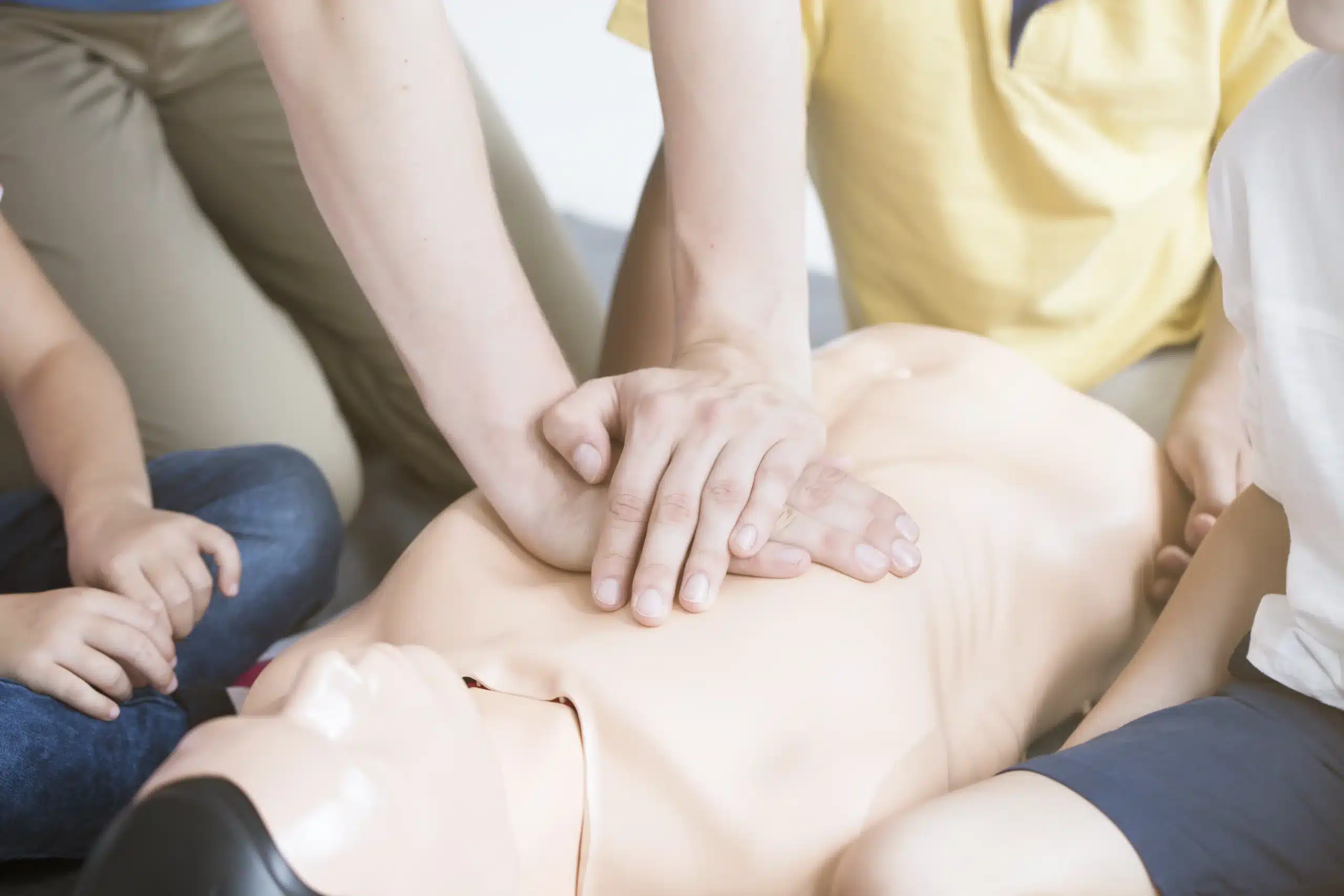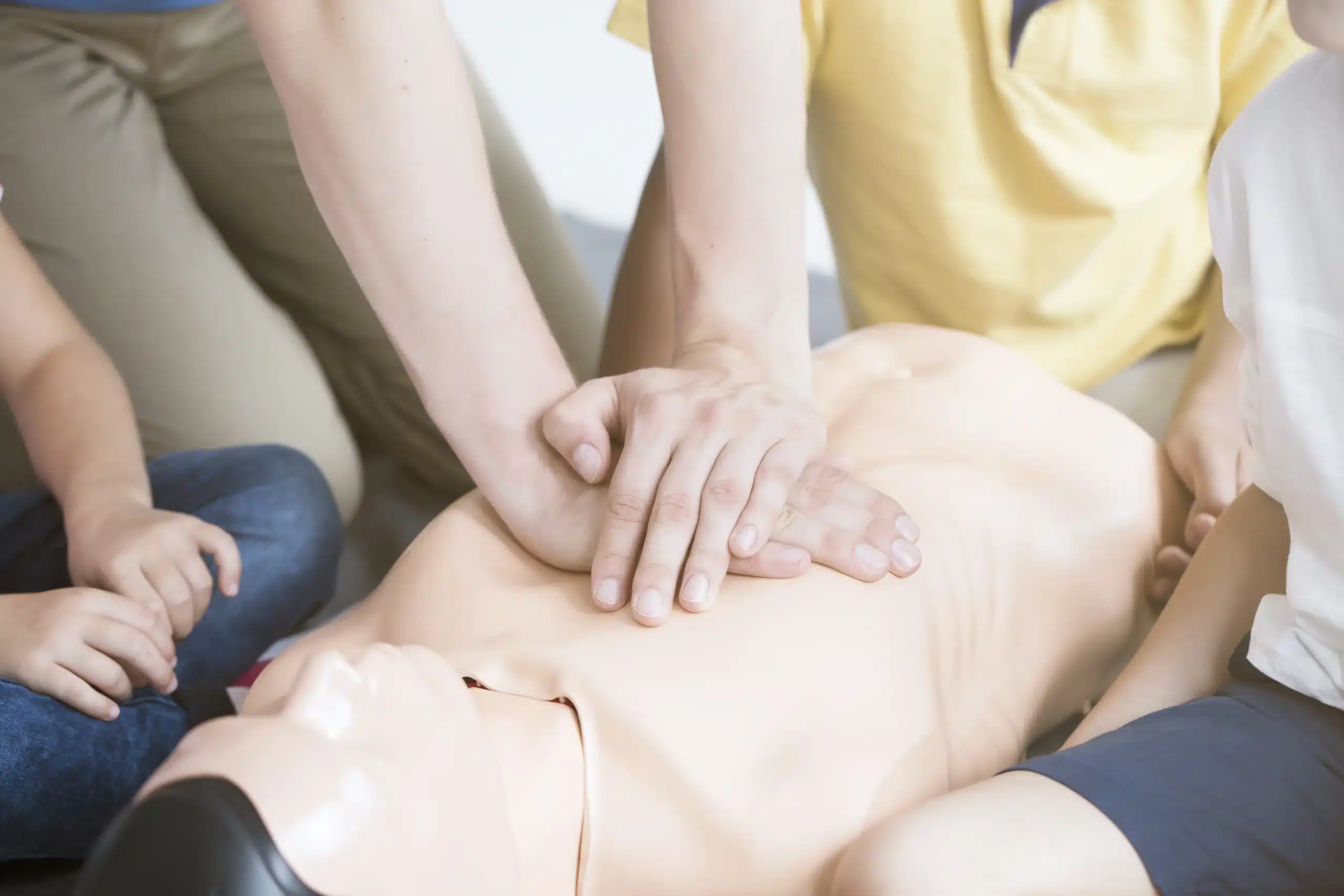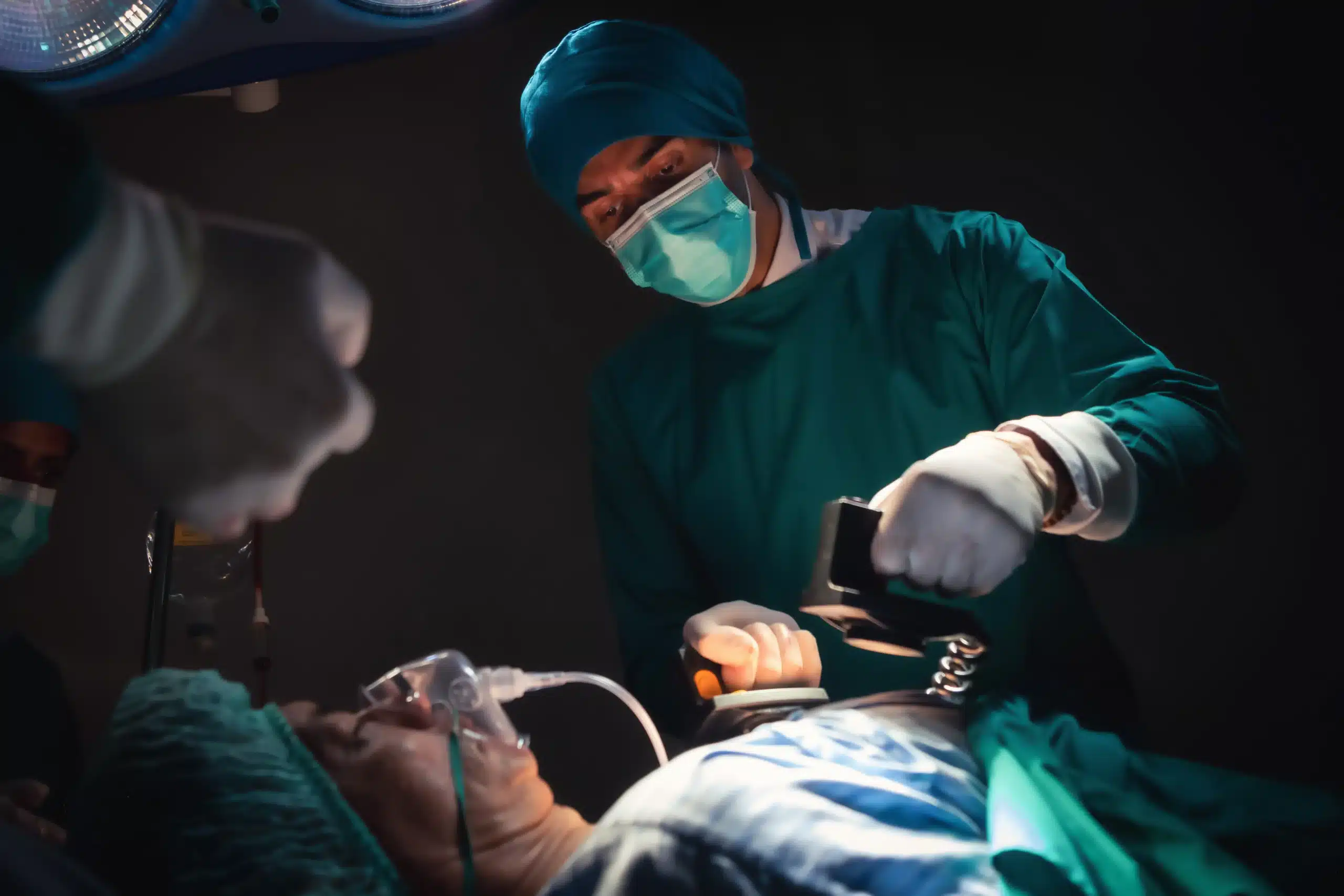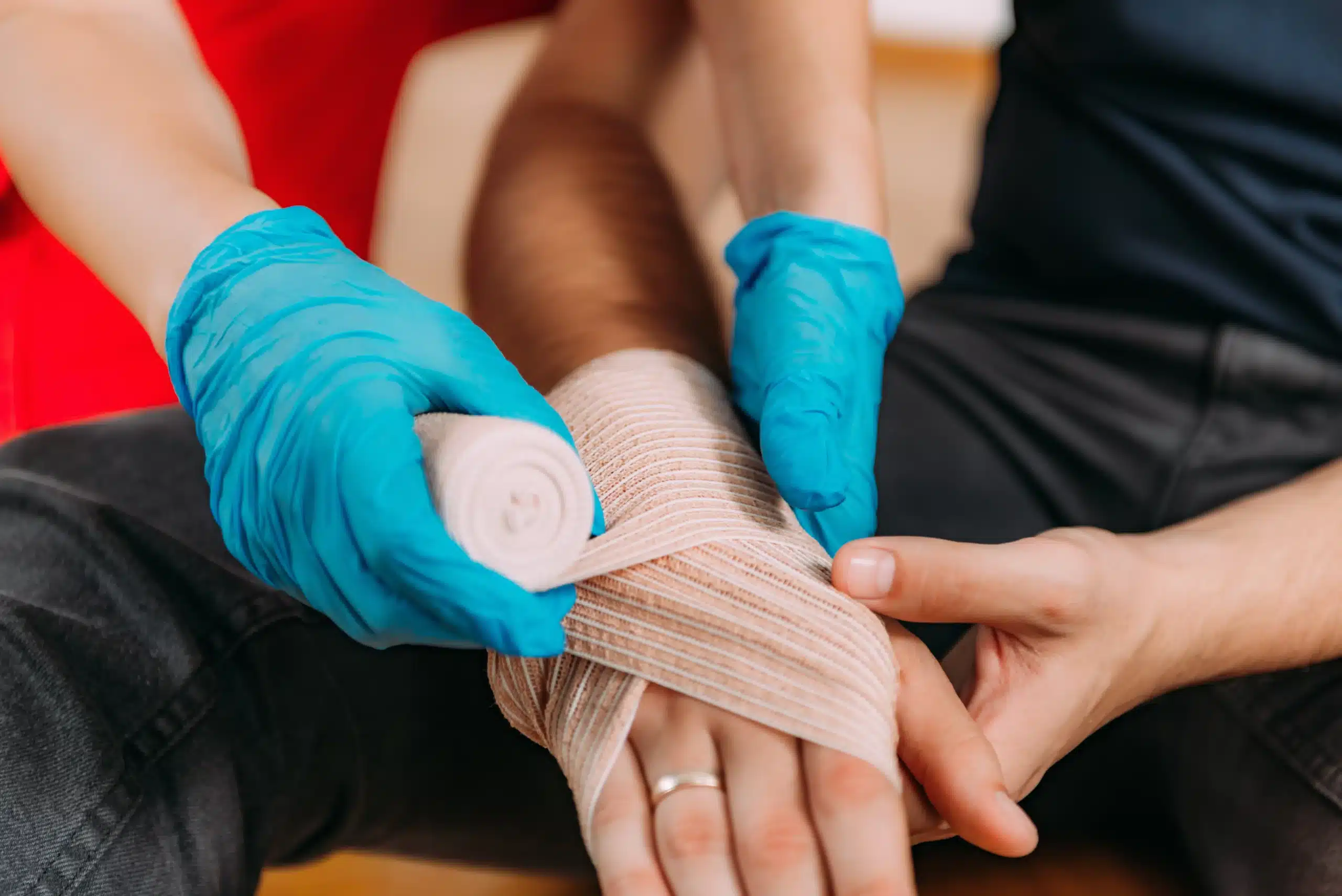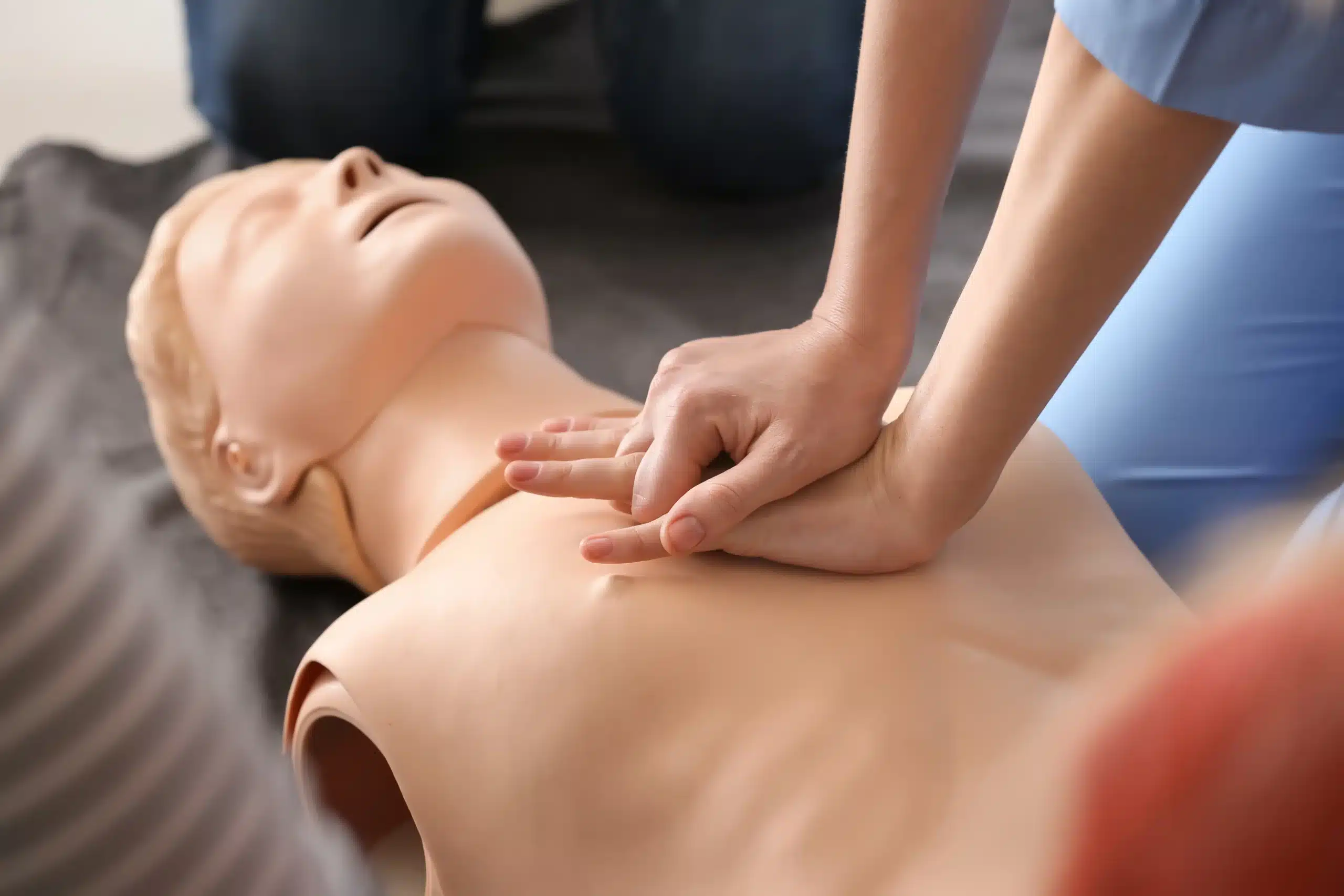In times of crisis, knowing how to provide basic life support can be the difference between life and death. Basic Life Support (BLS) training empowers individuals to respond effectively in medical emergencies, providing essential care until professional help arrives. This article demystifies BLS, explaining what it is, why it’s important, and how you can get certified. We’ll explore the skills you’ll gain, the various training options available, including how to find “bls training near me,” and the steps to maintain your certification. Whether you’re a healthcare worker or simply want to be prepared for any situation, this guide is your starting point.
Key Takeaways
- BLS is a life-saving skillset for everyone: Learning BLS empowers you to respond effectively in emergencies, from performing CPR and using an AED to recognizing the signs of a heart attack or stroke. It’s valuable for both healthcare professionals and anyone who wants to be prepared.
- Choose a BLS course that fits your needs: Look for reputable providers like the American Heart Association or the American Red Cross, and consider factors like course format (in-person, blended, or online), location, and cost. Los Gatos CPR Classes offers a variety of options with a low-price guarantee.
- Maintain your skills through practice and recertification: BLS isn’t a one-time event; regular practice and staying up-to-date with the latest guidelines are essential for providing effective care. Consider refresher courses and explore convenient recertification options like the American Heart Association’s RQI program.
What is BLS Training & Who Needs It?
What is Basic Life Support (BLS)?
Basic Life Support (BLS) is a crucial level of medical care used in life-threatening emergencies like heart attacks, strokes, drownings, and choking. Think of BLS as the first line of defense before more advanced medical help arrives. It’s a combination of skills and techniques designed to keep someone alive until they can get to a hospital. These immediate actions can significantly impact a person’s chances of survival. Studies show just how important BLS is as a life-saving link in the chain of survival for out-of-hospital cardiac arrests. You can learn more about the importance of BLS training in this medical journal article.
What Will You Learn in BLS Training?
In a BLS course, you’ll gain several essential skills. You’ll learn how to perform high-quality CPR for adults, children, and infants. The training also covers using an Automated External Defibrillator (AED), a device that can help restart a heart. You’ll also learn rescue breathing techniques and how to help someone who is choking. BLS classes often use realistic training tools like high-fidelity manikins, simulations, and feedback devices to make the learning experience more effective. This research highlights the benefits of these hands-on training methods. A good BLS course.
Who Should Get BLS Certified?
While BLS certification is often a requirement for healthcare professionals like doctors and nurses, it’s a valuable skill for anyone. Community volunteers, childcare providers, teachers, coaches, and even parents can benefit from BLS training. Knowing how to respond effectively in a crisis can make a real difference. BLS training empowers individuals to act quickly and confidently in emergencies. This article discusses how BLS certification enhances community volunteering efforts. If you’re considering getting BLS certified, this resource outlines the positive impact of BLS for healthcare providers and the wider community.
Find BLS Training Near You
Now that you understand the importance of BLS training, let’s explore how to find the right course. Whether you’re a healthcare professional or simply want to be prepared, several options are available.
How to Choose a BLS Training Provider
When selecting a BLS training provider, consider a few key factors. First, ensure the certification is widely recognized, such as those from the American Heart Association or the American Red Cross. The course content should align with current BLS guidelines, covering CPR, AED use, and other essential life-saving skills. Look for instructors with proven experience and expertise. Finally, prioritize programs with ample hands-on practice—it’s crucial for building confidence and competence. If you’re coordinating training for a group, check if the provider offers group discounts.
Los Gatos CPR Classes: Your Local BLS Experts
If you’re in Los Gatos, San Jose, or Saratoga, California, Los Gatos CPR Classes offers convenient AHA-certified BLS training. Their courses equip you with the skills to respond effectively in medical emergencies, covering essential techniques like CPR, AED operation, and managing choking victims. With experienced instructors and a focus on practical training, Los Gatos CPR Classes provides a supportive learning environment. They also offer a low price guarantee. Contact them to learn more.
Other Reputable BLS Training Providers
Beyond local providers, these nationally recognized organizations offer BLS training:
American Red Cross
The American Red Cross offers comprehensive BLS training, including CPR, First Aid, and AED instruction. Courses are available both in-person and online.
American Heart Association
The American Heart Association provides BLS training emphasizing high-quality CPR and AED use. Their courses focus on practical skills and real-life scenarios.
National Safety Council
The National Safety Council offers BLS training designed for healthcare professionals and the general public, focusing on effective response techniques.
Local Hospitals & Medical Centers
Many local hospitals and medical centers offer BLS training courses, often tailored to their community’s needs. Check with hospitals near you for available programs.
Community Colleges
Community colleges frequently offer BLS training within their health sciences programs, making it accessible to students and residents. Contact your local community college for more information.
BLS Training Formats & Certification
In-Person, Online, & Hybrid BLS Training
BLS training courses are offered in several formats to fit your schedule and learning style. You can choose from traditional classroom settings, blended learning (online coursework combined with in-person skills sessions), and 100% online courses. Blended learning gives you the flexibility of online learning with the hands-on practice of a classroom environment. Fully online BLS courses are great if you prefer to learn at your own pace, anytime, anywhere. Los Gatos CPR Classes offers a variety of CPR and First-Aid certification courses to suit your needs. Consider which format best suits your needs and preferences.
How to Get BLS Certified
Getting BLS certified involves completing an accredited training course that covers essential life-saving skills like CPR, using an AED, and relieving choking. These courses typically include both theoretical learning and practical skills demonstrations. After successfully completing the course and passing the required exams, you’ll receive your BLS certification. Many providers issue certification immediately upon completion, so you can start using your skills right away. BLS certification is typically valid for two years. Contact us today to learn more about our low price guarantee.
BLS Certification Renewal
It’s essential to keep your BLS certification current to ensure your skills are up-to-date. Renewal courses are available for those whose credentials are expiring or have recently expired. Check with your certifying organization for specific renewal requirements and deadlines. Some providers offer discounted rates for recertification. Staying current with your BLS certification ensures you’re always prepared to provide effective life support in an emergency. Los Gatos CPR Classes offers group discounts for BLS renewal courses, making it easy and affordable to maintain your certification. Contact us to learn more about our available courses and schedules.
BLS Training: Cost & Preparation
How Much Does BLS Training Cost?
The cost of BLS training varies depending on the training provider, location, and course format. CPR classes often cost around $65, while a combined CPR and First Aid class may be closer to $85. Initial BLS certification generally costs slightly more, around $95, with recertification often available at a lower price, sometimes as little as $65. Los Gatos CPR Classes offers a low price guarantee to ensure you’re getting the best value for your investment in these essential skills.
What to Expect During BLS Training
BLS training covers a range of crucial topics, including CPR, First Aid, using an AED, assessing scene safety, critical thinking in emergencies, teamwork, and relevant legal considerations. Courses typically run between 2.5 and 4.5 hours. Some providers, including Los Gatos CPR Classes, offer blended learning options with an online component and an in-person skills assessment. This hybrid approach allows for flexible learning while ensuring you gain practical, hands-on experience. The in-person portion focuses on demonstrating the skills you’ve learned online, like CPR and AED use. You’ll learn how to recognize life-threatening emergencies and respond effectively.
Tips for BLS Certification Success
To succeed in your BLS certification, consider taking a CPR class beforehand to build a strong foundation. If you choose a hybrid course with online and in-person components, complete the online portion well in advance of your skills assessment. This avoids last-minute rushes and allows you to absorb the material thoroughly. Remember, BLS training emphasizes practical skills essential in real-life emergencies. Actively participate, ask questions, and practice the techniques to maximize your learning and preparedness. Contact us at Los Gatos CPR Classes if you have any questions or want to learn more about our course offerings.
Get the Most Out of Your BLS Training
BLS training isn’t a one-time event. It’s an ongoing process that requires dedication and a commitment to staying sharp. Here’s how to make your BLS training truly count:
Practice Your BLS Skills
Regular practice is key to maintaining proficiency in BLS. Think of it like any other skill—consistent practice keeps you sharp. Use high-fidelity manikins and simulation exercises to create realistic scenarios. Consider incorporating feedback devices to pinpoint areas for improvement. Even short, regular practice sessions can significantly improve your ability to respond effectively in a real emergency. Studies show that frequent training, including short online courses, can be highly effective for reinforcing these lifesaving skills.
BLS Refresher Courses & Recertification
Don’t let your skills get rusty. BLS recertification is typically required every two years. Take advantage of refresher courses to stay current with the latest guidelines and techniques. These courses not only fulfill recertification requirements but also reinforce your knowledge and boost your confidence. Research indicates a direct link between the number of BLS training courses taken and the level of knowledge retained, highlighting the benefits of regular refresher training. Consider the American Heart Association RQI program for convenient and flexible recertification.
Stay Up-to-Date on BLS Guidelines
BLS guidelines change periodically to reflect the latest scientific evidence and best practices. Staying informed about these updates is crucial for providing effective care. Regularly review the latest guidelines from reputable organizations like the American Heart Association. This ensures you’re always equipped with the most current knowledge and techniques. Staying up-to-date is especially important for increasing bystander response, a critical factor in improving outcomes for out-of-hospital cardiac arrest. Learn more about the importance of current BLS education00700-5/fulltext).
Common BLS Misconceptions
One common misconception is that BLS is only for healthcare professionals. Anyone can benefit from BLS training. Knowing how to perform CPR and provide basic life support can save lives in various settings, from homes and workplaces to community events. Another misconception is that all communities have equal access to training. Unfortunately, studies reveal lower rates of CPR training and BLS awareness in certain communities, particularly those with diverse ethnic demographics. Read more about addressing disparities in CPR training. Los Gatos CPR Classes offers group discounts to make training more accessible. Contact us to learn more about our commitment to providing affordable, high-quality BLS training.
Related Articles
- BLS Certification in Saratoga: Your Comprehensive Guide – Los Gatos CPR Classes
- BLS Courses in Los Gatos: Your Complete Guide – Los Gatos CPR Classes
- BLS Certification in San Jose: Your Comprehensive Guide – Los Gatos CPR Classes
- BLS for Healthcare Providers in Los Gatos: A Guide – Los Gatos CPR Classes
Frequently Asked Questions
What’s the difference between CPR and BLS?
CPR (Cardiopulmonary Resuscitation) focuses specifically on chest compressions and rescue breaths. BLS (Basic Life Support) encompasses CPR but also includes other skills like using an AED and relieving choking. Think of CPR as one piece of the larger BLS puzzle.
How long does a BLS certification last, and how do I renew it?
BLS certification is typically valid for two years. To renew, you’ll need to take a recertification course. Check with your certifying organization or training provider like Los Gatos CPR Classes for specific renewal requirements and available courses. Often, recertification courses are shorter and may be offered at a discounted rate.
Is online BLS training as effective as in-person training?
Both online and in-person BLS training can be effective, but they offer different learning experiences. Online training provides flexibility, while in-person classes offer more hands-on practice with instructors. Blended learning, which combines online coursework with in-person skills sessions, offers a good balance. Choose the format that best suits your learning style and schedule.
What if I’m nervous about performing BLS in a real emergency?
It’s completely normal to feel nervous about using BLS in a real-life situation. That’s why regular practice and staying up-to-date with your training are so important. The more you practice, the more confident you’ll become. High-quality training courses often incorporate realistic simulations to help you prepare for the challenges of a real emergency.
How can I find BLS training near me?
Several resources can help you find BLS training near you. Check with your local hospitals, community centers, or organizations like the American Red Cross and American Heart Association. You can also search online for certified training providers in your area. If you’re in the Los Gatos, San Jose, or Saratoga area, consider Los Gatos CPR Classes for convenient and comprehensive BLS training.
